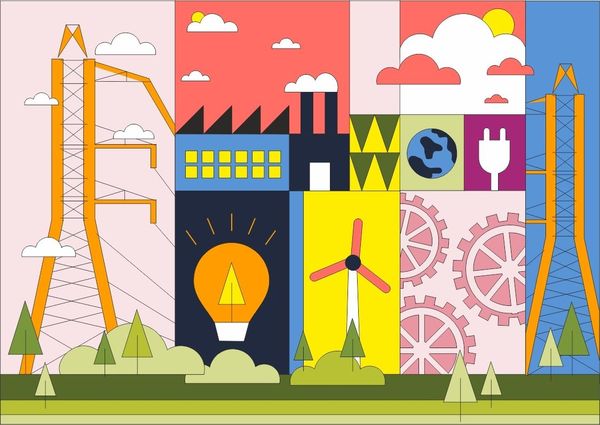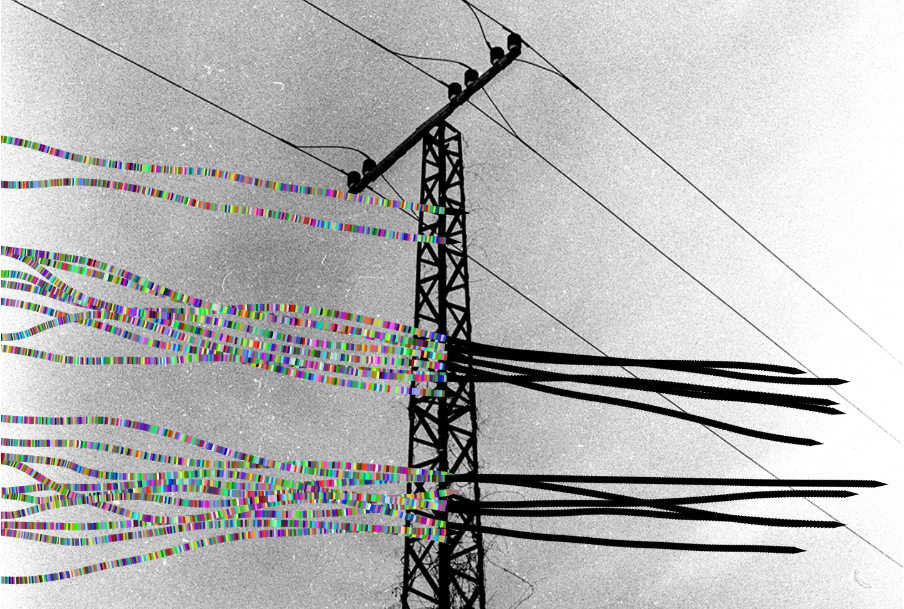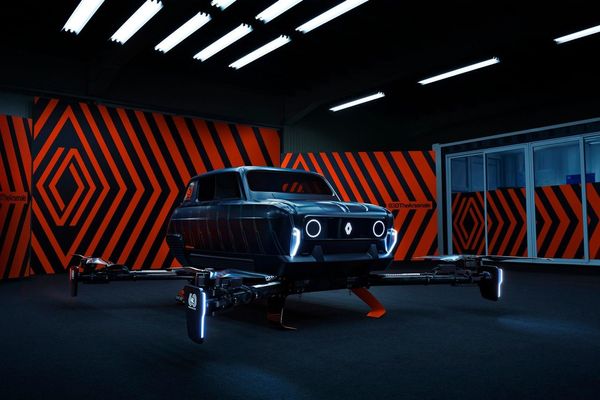The NFT DEB Generative Dimensions was the first generative hackathon and conference in Europe, exploring the latest developments in blockchain technology and artificial neural networks and their creative applications in the arts. This year, participants of the brainstorming competition were looking for answers on how to protect the Hortobágy’s migratory birds from harmful human activities, and we’ve picked our three favourite projects.
Following the work of Péter Weiler and his team visualizing the sounds of the cranes of Hortobágy, we now present the work of Nikita Khudiakov, Bálint Kulcsár and Tamás Lovizer, who have caught our attention with their ”crypto-critical” approach. The team was led by Ukrainian media artist Nikita Khudiakov, who works mainly with XR, AI and cryptoart, focusing on ecological issues and speculative futures, among other topics. The two Hungarian members, softer engineer Bálint Kulcsár and photographer Tamás Lovizer, are also engaged in the NFT world and approached Hackathon from their respective fields of expertise.
The project is called ATGMI, an acronym for ”Are They Gonna Make It?” and a reference to the popular NFT twist, WAGMI (”We’re All Gonna Make It”). Crypto slang means that the NFT community will be successful, so it is used in response to good news, as a form of positive speculation and encouragement. With AGMI, however, the team suggests an uncertain vision for the future. While the crypto community is predicted good fortune, will the birds survive? Although at first, the two seem unrelated, crypto mining and NFT minting require an incredible amount of energy. This is not at all sustainable in its current state and has a direct impact on our wildlife.

ATGMI is a generative artwork designed to draw attention and create discussion about the fact that every year hundreds of millions of migratory birds die due to human-related threats. One of these dangers is the cornerstones of modern technology, power lines. We can’t live without them (at least for a few more years), and changes in the designs are already ongoing, but the progress might not be fast enough,” says the team about the concept. The problem of the electricity poles was first raised by Tamás, who had seen what they could do to the birds. That’s why he decided to offer up an earlier photograph that was used as a base. And the visualization itself illustrates that only a fraction of the colorful and healthy birds coming from the left side make it safely to the other side.
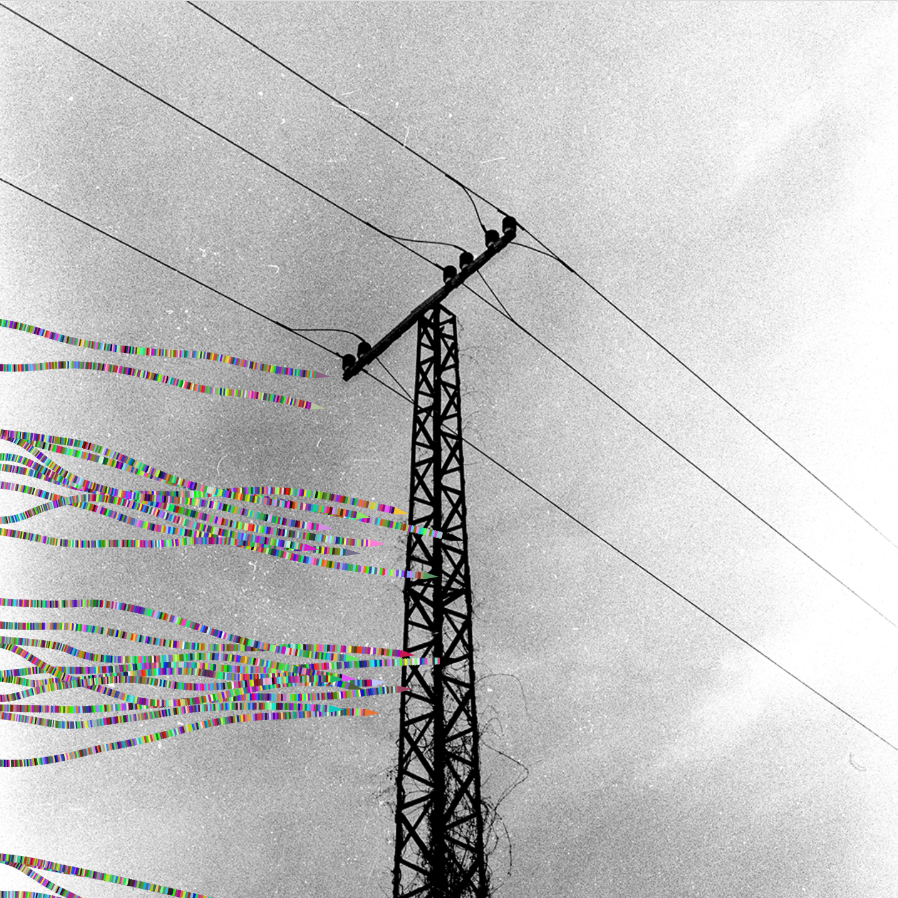
On the technical level, Nikita introduced the team to a newly created platform on the TEZOS chain that allows artists to create generative and interactive NFTs using JavaScript. The code on the logic of flying birds was then written by Bálint and the texts by Tamás. The use of Tezos itself is a well-thought-out decision, as it is an open-source Proof of Stake network that consumes about two million times less power than Proof of Work currencies like Bitcoin or Ethereum. With this decision, the team wanted to stay true to the message: to create an environmentally conscious NFT using as little energy as possible. At the same time, the aesthetics and atmosphere of the creation suggest a nostalgic attitude, a step away from our high-tech era.
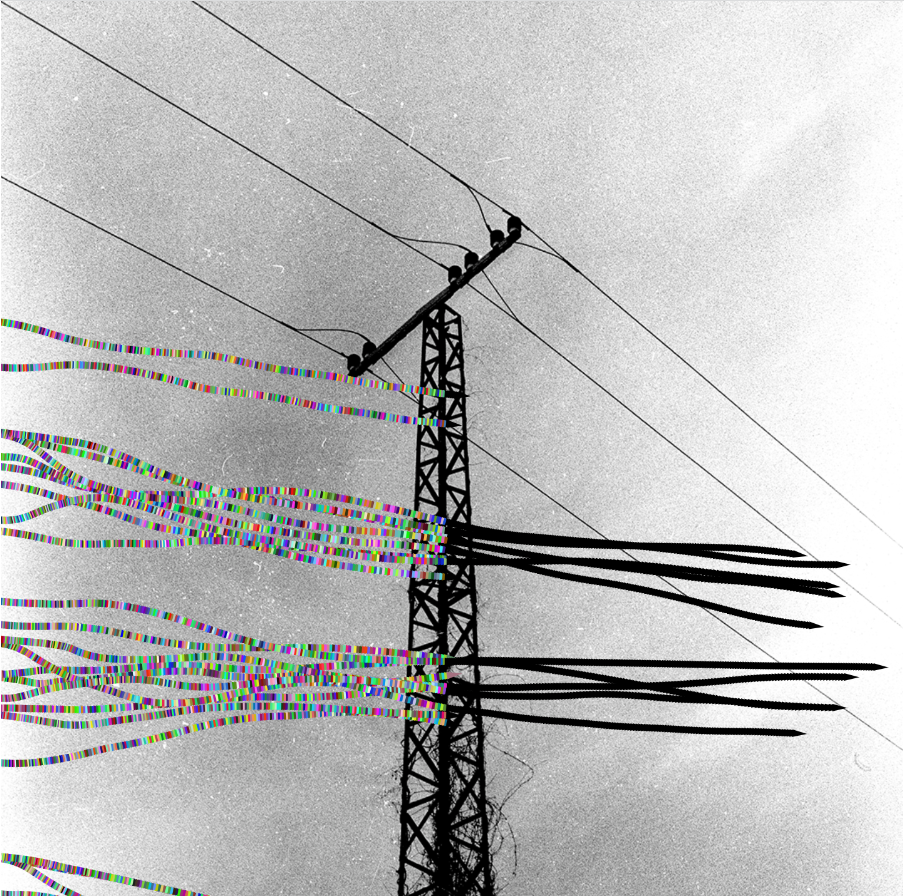
In this respect, I was curious about their experience and about how widespread environmental awareness is in the crypto community. ”Unfortunately, it’s not widespread enough. The biggest market of NFT is still on Ethereum, which is mostly still using Proof of Work for the transaction validation. The gas fees also are really high in the case of Ethereum. Although there are alternative solutions, for example, Tezos and Polygon, but people mostly choose Ethereum to sell their art for now. Still, I believe someday there will be no Proof of Work chain,” Bálint said. This was confirmed by Tamás as well: ”Most of the people are still in it for quick money and because of this, they tend not to care about it. I’m still positive on this one as well – we can’t expect it to happen from one day to another, but slowly it’s getting into people’s minds and sooner or later it will be an important aspect when minting or buying NFTs.”
Half of the project proceeds will be donated to NGOs that deal with migratory birds.
NFT DEB Generative Dimensions | Web | Facebook | Instagram

Shopping for the future—packaging-free stores in the region | TOP 5
